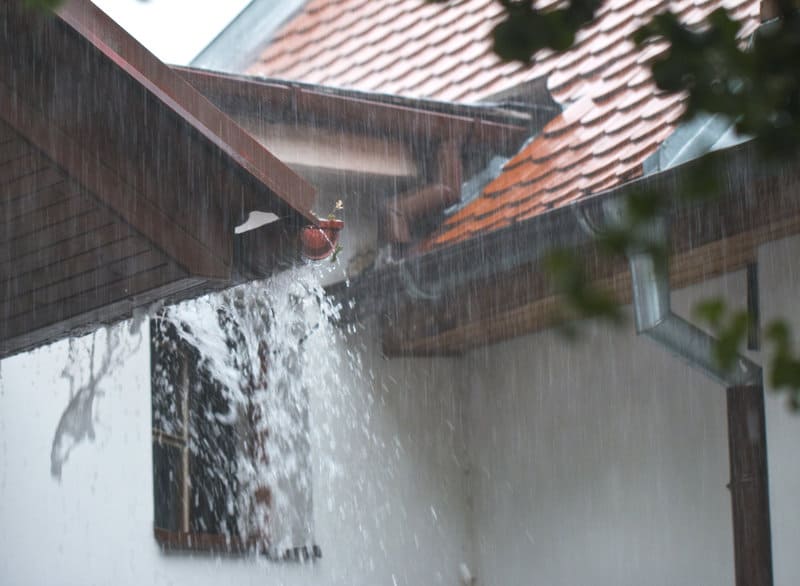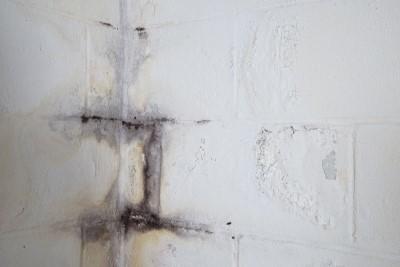Combat Water Stains On Walls - Expert Tips For Detection And Fixing
Combat Water Stains On Walls - Expert Tips For Detection And Fixing
Blog Article
Do you find yourself searching for advice on How to Find and Repair Water Leaking in the Wall?

Water stains on wall surfaces are not pleasurable to the eyes. Your home needs to lack stains on the walls, roof, or floorings. That is the optimal state of a residence as well as its structures. Often it seems nearly unavoidable to experience water discolorations on walls in residences.
House owners living in damp regions regularly deal with the concern of water stains on walls. That doesn't have to be the instance for you. With precise and also all-around details on the reasons for water spots and timely fixing processes, you will certainly constantly be a step ahead of such events. This post assures to be an useful guide for you.
3 Usual Causes of Water Spots on Wall Surfaces
In contrast to common belief, water stains on walls do not always originate from bad structure products. There are numerous sources of water discolorations on wall surfaces. These include:
Moist
When hot moist air meets with dry cold air, it causes water droplets to form on the walls of structures. This takes place in bathrooms and also cooking areas when there is heavy steam from food preparation or showers. The water beads can discolor the surrounding walls in these parts of your home and infect various other areas.
Damp or condensation affects the roof covering as well as walls of buildings. When the wall is damp, it produces an appropriate environment for the growth of fungi and also microbes.
Poor Drainage
This will certainly avoid water from seeping right into the wall surfaces. This links to excessive moisture that you see on the walls of your building.
The leading cause of wet walls, in this case, can be a poor water drainage system. It can additionally be because of bad management of sewer pipelines that run through the building.
Pipe Leaks
A lot of homes have a network of water pipelines within the wall surfaces. It always increases the stability of such pipes, as there is little oxygen within the walls.
Yet, a disadvantage to this is that water leak affects the wall surfaces of the building and also causes prevalent damage. An indication of damaged pipes is the look of a water stain on the wall surface.
Pro Tip
A houseplant in your house also boosts its moisture. So, if your home is currently damp, you might want to present houseplants with minimal transpiration. An example of appropriate houseplants is succulents.
Water Discolorations on Wall: Repair Service Tips
When dealing with water stains, property owners would usually want a quick solution. Yet, they would soon recognize this is disadvantageous as the water stains repeat. So, right here are a couple of handy suggestions that will assist you in the fixing of water stains on walls:
Conclusion
No one desires to have water discolorations on wall surfaces in their home, it can happen to the best of us. This article gives you leverage, as you now know how to manage this problem if it does take place.
It is constantly best to hire specialist solutions to assist take care of the problems in your home.
Often it seems almost unavoidable to experience water discolorations on wall surfaces in residences.
In contrast to prominent belief, water discolorations on wall surfaces do not constantly stem from bad building materials. There are numerous reasons of water spots on walls. The water droplets can tarnish the bordering walls in these parts of your residence as well as spread to other areas.
Below are a couple of valuable suggestions that will guide you in the fixing of water spots on walls:
CHECKING FOR WATER DAMAGE
Water damage can be costly, and it may begin before you even notice the first signs of trouble. Water damage can cause mold and mildew in your walls and floors, which can create an abundance of health concerns for your family. It can also lead to costly repairs of various appliances and general home fixtures. To avoid the pricey consequences of water damage, here are Warner Service’s top 5 places you should check:
The walls – The easiest place to spot the beginnings of water damage is on the walls and ceilings of your home. If water damage is present, there will most likely be water stains, especially around the windows and doorframes, and/or cracks in the drywall. If a stain looks unusual (discolored to brown, black or gray, raised texture), has a swollen appearance or is soft to the touch, contact a professional immediately. The pipes – To avoid water damage, consistently check the pipes in your kitchen (especially the dishwasher and ice maker), bathrooms, laundry room (specifically washing machines) and basement for corrosion, leaks and water stains. Pay special attention to where the pipes connect in your home and the location of caulking around the bathroom fixtures, including toilets, sinks, showers and tubs. Missing or loose caulking and grout could be signs of leaking water. This seepage can also quickly cause mold and rust, so double check your water heater and tank for wet spots on the floor. The floor – Water damage is very easy to spot on the floor. Look for any warping or buckling of the material, especially in the basement. If your home has wood flooring, look for bright white or dark stains. If your home has carpeting, keep it dry and clean. A damp carpet that smells of mold could cause water damage and health problems. To avoid this, consider installing floor pans under your appliances to help prevent damages from small, slow and undetected leaks. The basement and attic – If your basement or attic smells odd check for mold and mildew around the area, especially the valley where the roof meets. While you are inspecting those areas, check for wall cracks, floor stains, rust and dampness in the insulation. If you live in a colder and/or rainier climate, perform routine checks for water damage from melting snow or ice and rain. The exterior – Check the roof for damaged flashing and missing, cracked or curled shingles. There should also be no standing water anywhere outside your home. This could be caused by puddles, leaky rain gutters or hoses, poor drainage, or short gutter spouts. Invest in a sump pump system or water flow monitoring system, and perform routine maintenance on these outdoor appliances to avoid indoor water damage.

I was introduced to that article about Water Stains on Walls through someone on our other site. For those who enjoyed our blog post if you please be sure to pass it around. Thanks so much for your time spent reading it.
Rates
Report this page